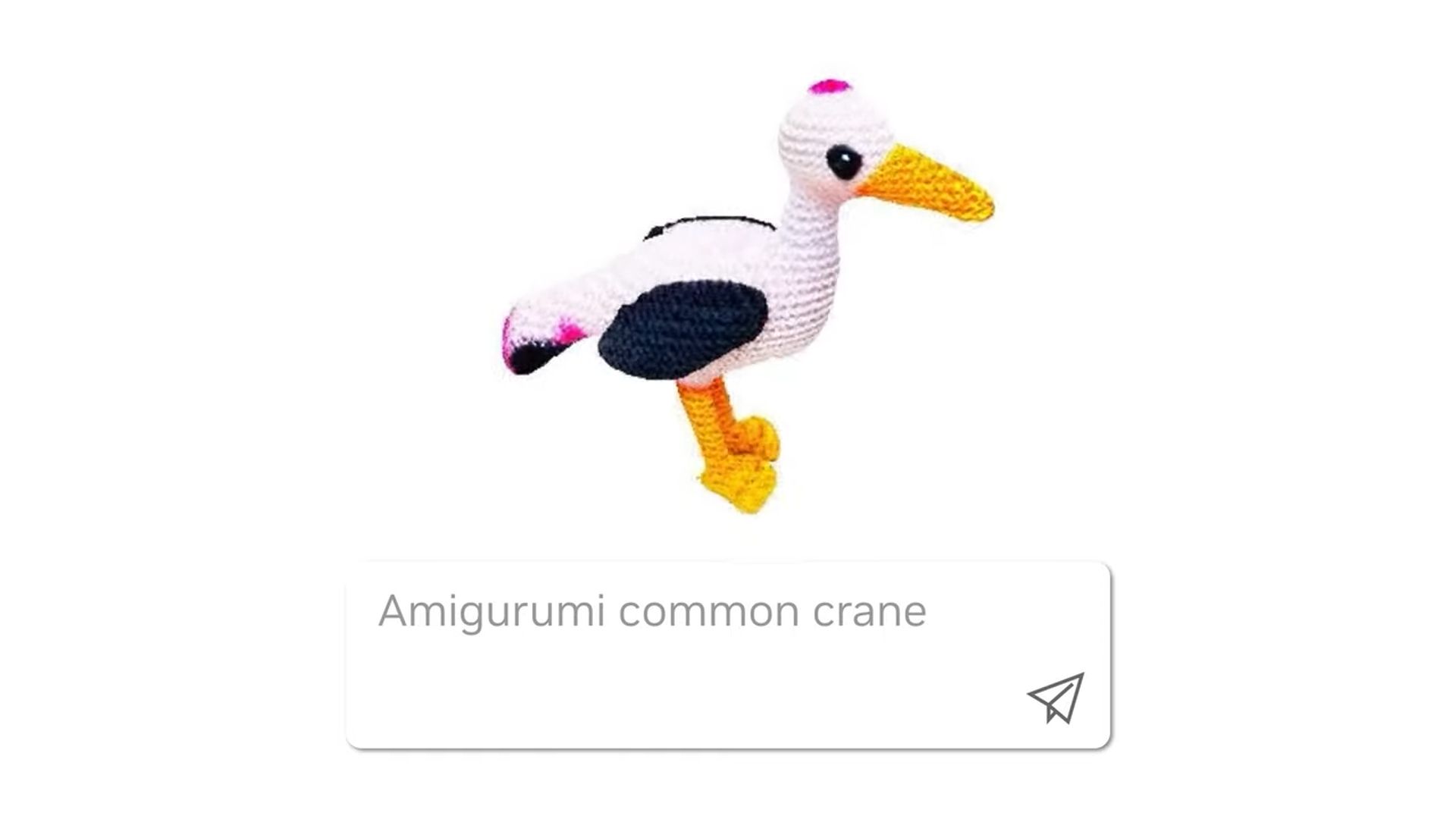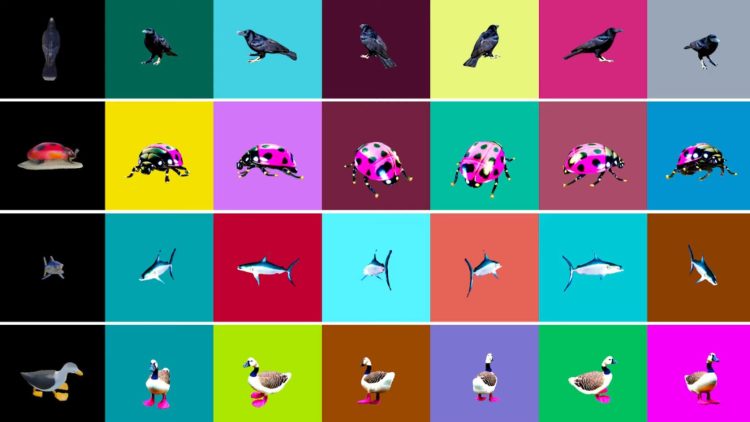NVIDIA GTC 2024 is now behind us and the technology giant managed to impress us once again with Latte3D.
The process of creating 3D models has often required specialized software, a knack for working with polygons, and a healthy dose of patience.
But Nvidia, the graphics giant, wants to change all that with a groundbreaking AI system capable of turning simple text prompts into fully textured, game-ready 3D objects.
Latte3D is prompting a digital sculptor
Nvidia’s system, dubbed Latte3D, builds upon the remarkable progress made in the field of generative AI. Generative AI has become famous for its ability to conjure up captivating images from text descriptions, but Nvidia is now applying this power to the third dimension.
The system works a bit like having your own digital sculptor on hand. Feed Latte3D a prompt like “a plush, red panda perched on a mossy log,” and in a remarkably short time, it will generate a 3D model matching your description. It’s fast, versatile, and surprisingly capable of understanding the nuances of your requests, like different textures or animal species.
See how the NVIDIA Developer YouTube channel describes Latte3D in the video below.
Potential beyond polygons
While the gaming industry will likely be one of the first to feel the ripple effects of this technology, the potential applications of Latte3D have a much greater reach.
Let’s consider a few of the possibilities:
- Cinematic streamlining: Filmmakers and VFX artists could use Latte3D to quickly populate scenes with detailed objects, saving valuable time and resources
- Democratizing design: Product designers might draft 3D concepts simply by describing them, making 3D modeling more accessible to those without extensive software experience
- Robotic refinement: Latte3D can generate objects for the training of AI-powered personal assistant robots, enabling them to recognize even obscure items within a real-world environment
From imagination to a tangible object
One of the most captivating aspects of Latte3D lies in its ability to bridge the gap between our imaginations and the digital world. Describing a unique object and seeing it become a 3D reality is a novel experience. While still under development, this technology is impressive for its sheer speed.
Just a year ago, similar AI systems needed up to an hour to create models. Now, those models materialize in mere seconds.

The future looks textured in 3D
While still in its early stages, Nvidia’s Latte3D showcases the thrilling advancement of generative AI, pushing the boundaries of what we think is possible with computers. It hints at a future where creating detailed 3D models may be as simple as jotting down a description.
As the technology behind Latte3D continues to mature, it’s easy to envision a day when populating digital worlds, from fantastical games to hyper-realistic simulations, becomes remarkably intuitive.
It’s a testament to the power of AI-driven creativity to redefine how we interact with computers and ultimately unlock new modes of expression.
Featured image credit: NVIDIA/YouTube





